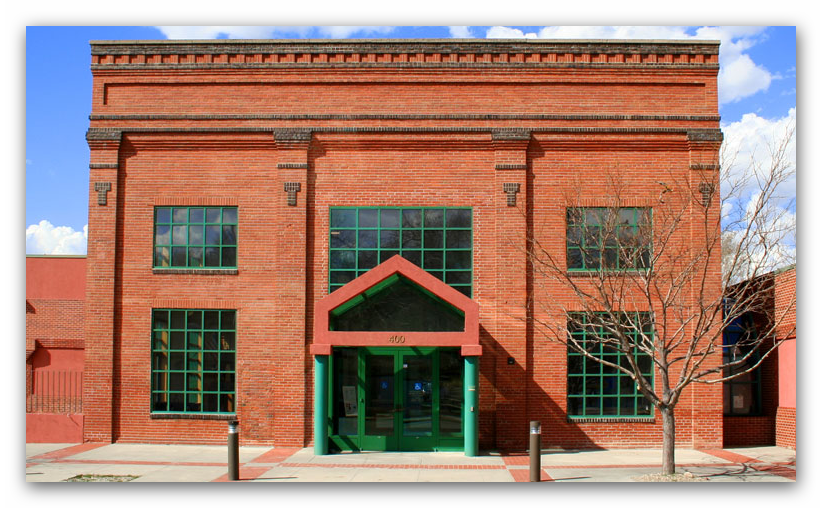Jan 19 2018 - Apr 22 2018
Casper, WY
Artist Statement:
In 2009, I went to Wyoming to visit a friend who had just moved there. The landscape was bigger and harsher than anywhere I had ever been, and I stayed to photograph. Beginning a new series, I wanted to see how a wild American landscape is transformed by the people who live and depend on it.
The American West is famous for being wild, even after its rural areas have been settled for generations. The areas I photographed between 2009 and 2013 are some of the least populated regions in the United States. In rural Nevada, there are still twice as many cows as there are people. While the ranchers I met were struggling with the economic recession and years of drought, almost anyone could get a job at the mines. Coal, oil, and natural gas in Wyoming and gold in Nevada were booming.
Ranching and mining in the American West have had parallel histories on a common landscape. Cowboys and ranching culture are the chosen representatives of the region. Men on horseback are in countless movies, and their images are printed on license plates and tourist souvenirs. But the biggest profits are in mining. The American West remains one of the largest gold producers in the world, though miners haven't found any raw nuggets for generations. Companies are digging increasingly bigger holes to find smaller deposits, leaving pits where there once were mountains.
When I first visited, I expected cowboys to be nomads, herding animals on the edge of wilderness. I quickly learned that most ranchers have homes with mortgages. I also learned that every mine closes eventually. When a mine closes, the land is scarred, the company leaves, and people have to move. Miners are the modern-day nomads, following jobs across the country.
Credit: Exhibition overview from museum website
Whether or not you go, Frontcountry is a photographic account of people living in the midst of a mining boom that is transforming the modern American West.
Add this book to your library: Frontcountry
Exhibition Venues & Dates
Jan 19 2018 - Apr 22 2018
Casper, WY

